The uncrowded Italian city with culture, unbeatable food – and a beach to boot
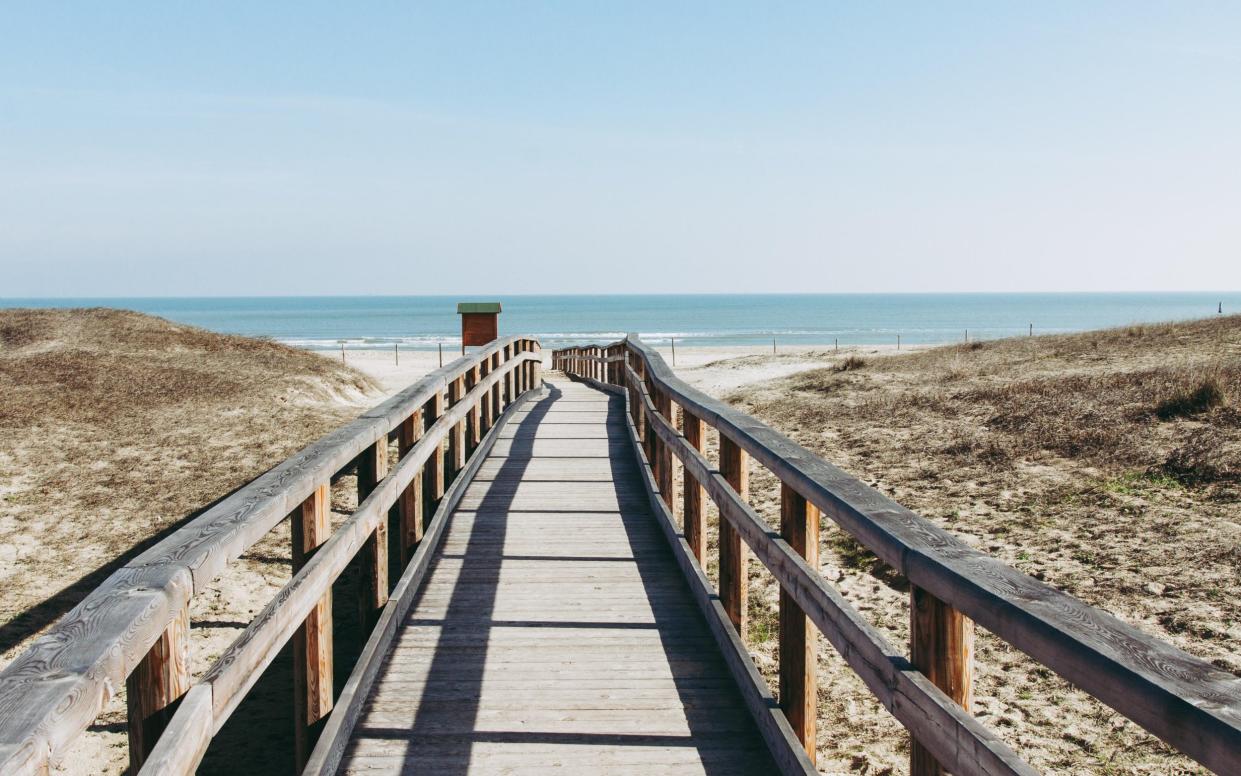
With a fascinating history stretching back thousands of years, some of the world's most spectacular mosaics, an appealing pedestrianised centre and tasty, authentic cuisine, Ravenna merits far more than a day trip. The city Dante Alighieri picked for his exile is home to long sandy beaches, ancient pine forests and nature reserves on the coast nearby. Ancient artefacts continue to be unearthed and thankfully it's a destination that is most definitely off the mass tourist trail.
Here's what you should do on a visit to the city, along with the best places to eat and stay.
Honourable origins
Chosen as capital of the Western Roman Empire in 402AD by Emperor Honorius, owing to its strategic, easily defendable position and port facing east, Ravenna maintained its capital city status for 350 years. Following the fall of the empire in 476AD, Ostrogoth king Theodoric the Great took command until the Byzantines of the Eastern Roman Empire (which outlived its western counterpart by nearly 1,000 years) conquered Ravenna in 540AD, remaining in power here until 751AD.
Well-kept and welcoming, today's Ravenna is a peaceful place, still with the safe-haven atmosphere that lured Dante; bicycles whizzing through the narrow roads and piazzas of the pedestrianised centre are the only hazard to watch out for. There's also a flourishing cultural scene, highlighted by boards displaying literary references that pepper the streets.
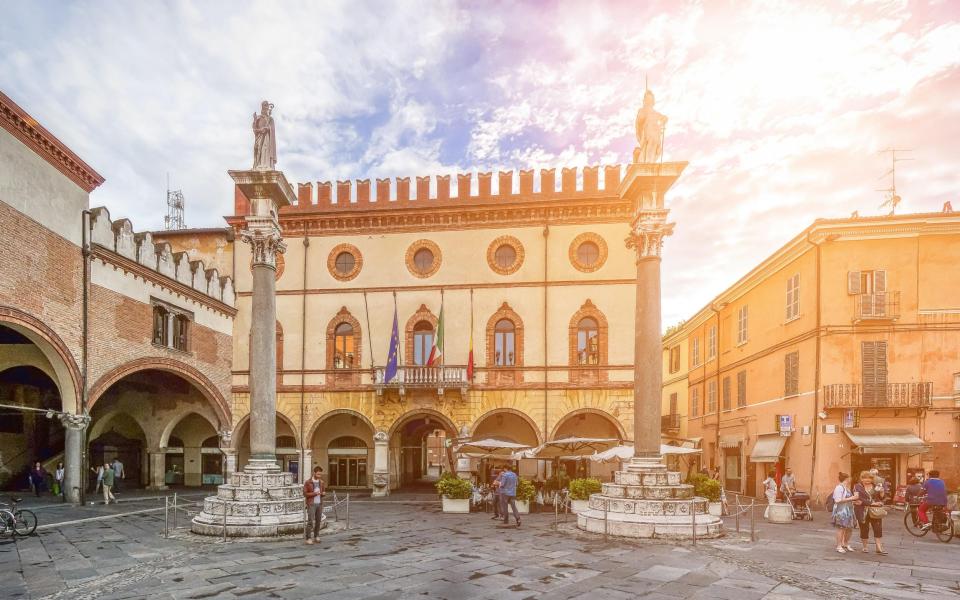
While Ravenna was originally built on a series of islands, the coast has since retreated by about five miles. The new redevelopment project at the Darsena docks is the place to go for a taste of the sea within the city.
Just the other side of the station underpass (which has an intriguing display of ancient artefacts discovered during its construction), it has waterside walkways fringed by herb beds and several bars and restaurants already established in the previously abandoned warehouses.

Magnificent mosaics
Referred to as the world mosaic capital with good reason, the glorious, incredibly well-preserved mosaics at seven of the city's eight Unesco World Heritage sites are what draws the visitors that do make it to Ravenna. Gold leaf on glass, lapis lazuli and mother of pearl are among the precious substances used for masterpieces that inspired such writers as Dante, Byron and Oscar Wilde, also triggering Austrian artist Gustav Klimt's Golden Phase.
Each of the three cultures that made their capital here (Western Roman Empire, Ostrogoths and Byzantines) left their mark in overlapping ages and styles, among the oldest and most striking being the mausoleum built by fifth-century empress Galla Placidia (though never actually used as her tomb) with its starry skies and famous images of doves drinking.
Huge in comparison, yet with an equally simple brick exterior, the neighbouring sixth-century Basilica of San Vitale has celebrated mosaics of Byzantine emperor Justinian and the woman he changed the law to marry, Theodora.
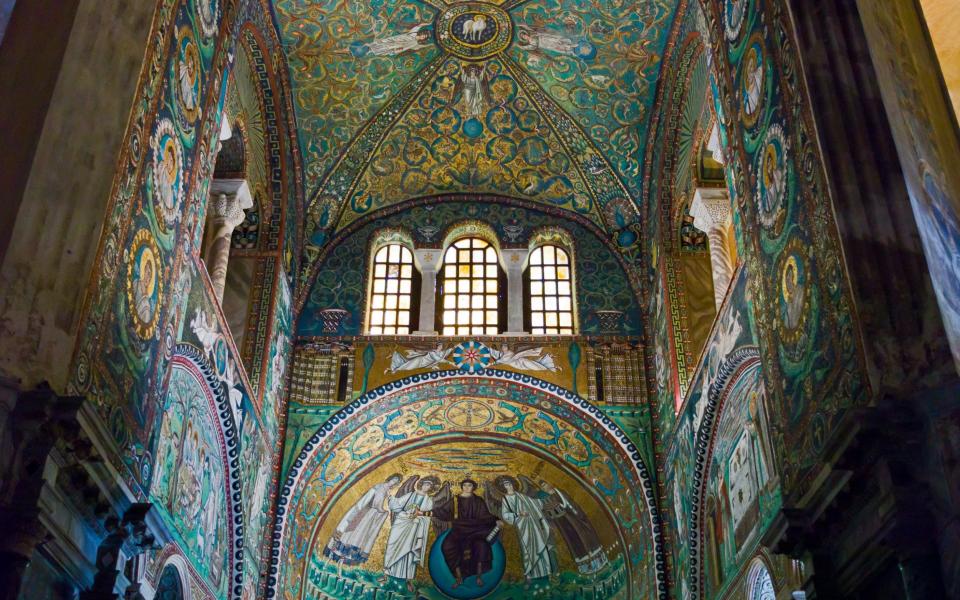
Some of the most curious of the mosaics are found in the Sant'Apollinare Nuovo basilica, built by Ostrogoth King Theodoric, originally with Arian symbolism in works that were altered under the successive Byzantine rule when Arianism was no longer approved.
Visiting the sites with a tour guide (guide-ravenna.com) is the best way to interpret the symbolism and nuances, and a hands-on course in mosaic making is an unforgettable way to get to grips with the skills involved. Koko Mosaico (kokomosaico.com), run by Arianna Gallo, whose husband Luca Barberini is one of Ravenna's most interesting contemporary mosaic artists, organises courses in traditional mosaics lasting anywhere between two and 40 hours.
The delights of Dante
While colourful mosaics are everywhere, even decorating city-centre street-name plates, there's plenty more to see in Ravenna. The Dante connection is celebrated and the city is proud that the Supreme Poet chose to spend his final years here. There are annual events and a whole 'Zona Dantesca' around the poet's monumental tomb, the Dante museum and the San Francesco church, where his funeral was held and which has a curious, permanently flooded crypt.
In recent years a variety of Dantesque installations, including QR codes linking to his verses, have sprung up around town, set up to mark important recent anniversaries both of his birth in 1265 and death in 1321. Piazza San Francesco also houses one of the centre's pretty internal gardens, at Cripta Rasponi, not to be confused with the delightful Giardino Rasponi (Piazzetta Paolo Serra) which has the added attraction of café tables dotted around the historic herb garden.
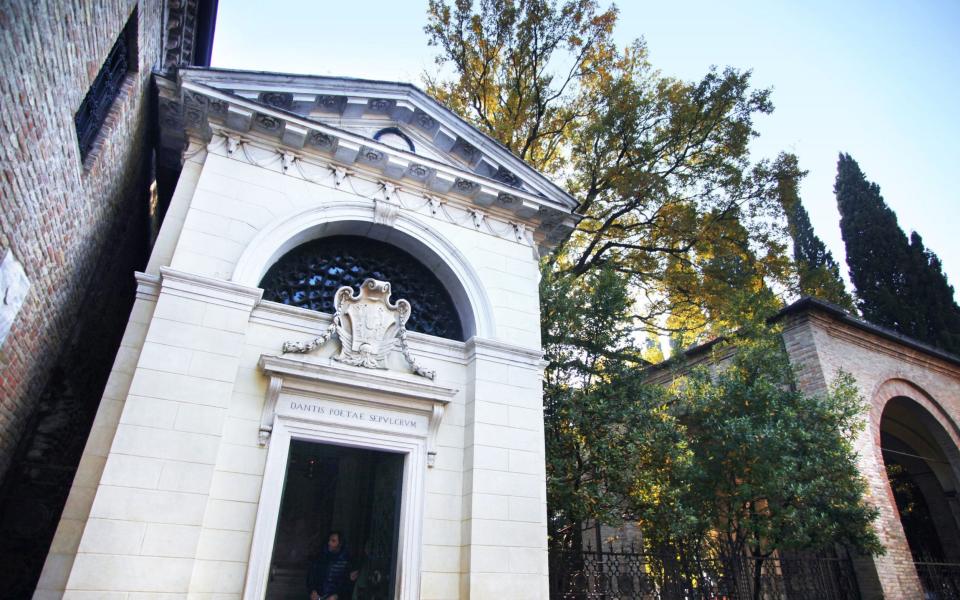
Forest, beaches and flamingos
Connected to the city by a three-mile cycle path, the village of Classe has one of the most astonishing of Ravenna's Unesco-listed monuments, Sant'Apollinare in Classe. The imposing church, surrounded by trees, has a beautiful interior with rows of elegant arches, ancient sarcophagi and yet more stunning Byzantine mosaics. Nearby is the atmospheric site of the ancient port of Classe, which flourished first as a military then commercial port and was one of the largest in the Mediterranean. Here too is the Classis Ravenna museum, housed in a former sugar works and with excellent displays that succeed in untangling the complex history of the city.
Stretching to the coast, the vast 900-hectare pine forest, Pineta di Classe, was first conceived by the Romans as a source of timber for boat-building and maintained for centuries by the monks at Sant'Apollinare; nowadays it's criss-crossed by foot and cycle paths and provides Ravenna's beaches with an attractive green backdrop. The beaches, with their golden sands and calm waters, are understandably popular in summer. The numerous seaside restaurants here and at other resorts along the coast include Cervia, 15 miles south of Ravenna and famous both for its so-called 'sweet' salt and for the community of flamingos that live at the salt flats nature reserve.
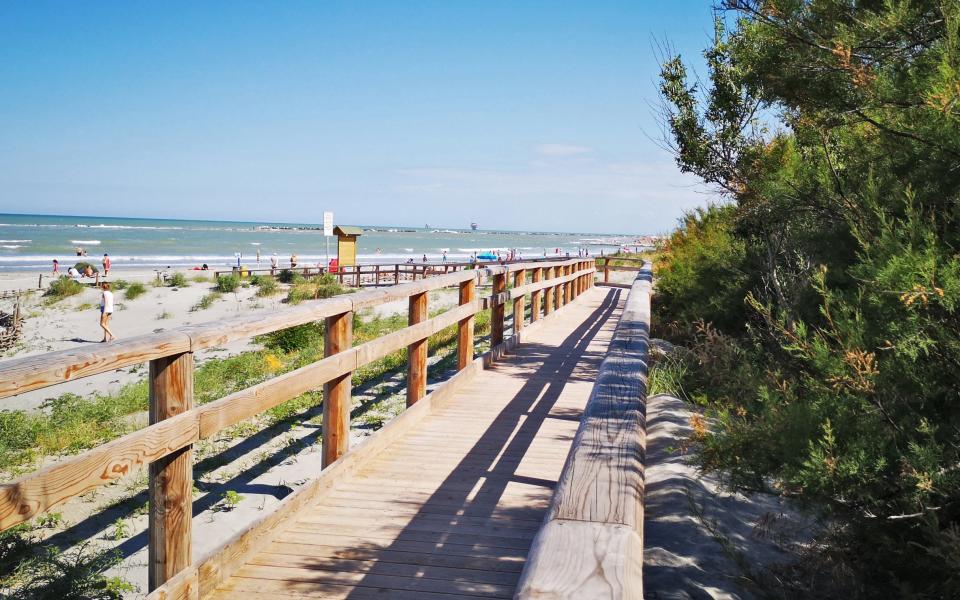
A taste of Emilia-Romagna
This part of Emilia-Romagna is famed for its warm and generous hospitality and, as is the case throughout the region, the food is fantastic.
Cheese-filled cappelletti pasta is one speciality that's pretty much a constant on Ravenna's menus, served in broth, with ragù or in other combinations such as tasty asparagus & ham sauce at Al Rustichello (rustichelloravenna.it).
Osteria dalla Zabariona (osteriadallazabariona.com) is the place for authentic, old-style flavours such as roast eel, local beef or fish soup and a good choice of Emilia Romagna wines, while Ca' de Vèn (cadeven.it) is a real Ravenna institution popular with residents and visitors alike for its historic interior, typical wines including Sangiovese and the well-structured white Albana, and delicious traditional dishes; try the ubiquitous piadina flatbread, perhaps with tangy squacquerone soft cheese, for an informal meal.
Central Ravenna's beautifully restructured historic food market, Mercato Coperto (mercatocopertodiravenna.it) is a good place to buy or try rare breed Mora Romagnola charcuterie, cheeses and a kaleidoscopic range of other items including seafood.
Although the locals generally head to the coast to feast on fish, there are a few good sea-themed restaurants in town. Try Il Mare di Felice (ilmaredifelice.com) and for an excellent range of wines and a bistro-style menu, there's BaldoVino (facebook.com/enotecabaldovino) a wine-bar with a charming interior and small patio garden.
How to get there
Ravenna is an hour by train from Bologna, which has the nearest major airport, and buses run between Ravenna station and the beach five miles away. The pedestrianised centre is easy to explore on foot, though most local residents cycle and there are bike-sharing schemes; parking is plentiful on the outskirts.
Where to stay
Central Ravenna has some top quality bed and breakfast options such as Le Case di San Vitale (lecasedisanvitale.it), opposite the San Vitale basilica, M Club, and Santa Maria Foris. Palazzo Bezzi is a good choice for a hotel with more facilities including a small gym and spa and convenient parking.


